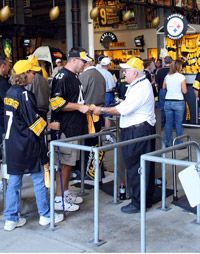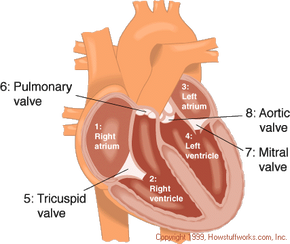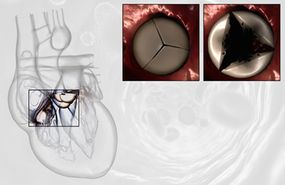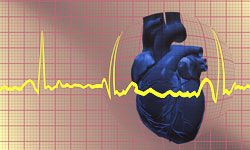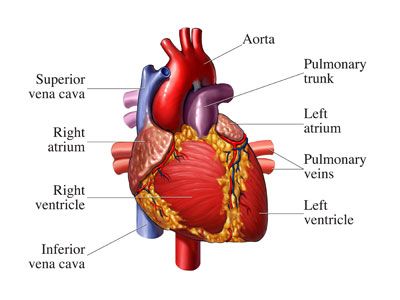Everyone knows what makes a heart beat -- cute cashiers at the grocery store. But what is responsible for its distinctive sound? You know the one: lub-dub, lub-dub, lub-dub. Most of us think it's the sound of our heart beating or contracting, but it's not. What we're hearing is the sound of two pairs of valves closing inside the chambers of our heart. Like turnstiles, these valves allow blood to move in one direction through the heart and keep it from backing up down a one-way street.
Can't quite picture it? Imagine you're going to a concert and two lines snake around the arena: one for lucky people who snagged floor-seat tickets and another line for ticket-holders headed to the nosebleeds. Each line has two sets of turnstiles. The first turnstiles that each line passes through rotate at the same time, controlling the flow of concertgoers into the venue. When these turnstiles rotate, they make a noise -- lub.
Advertisement
Now the two people in separate lines shuffle forward a few steps to the next turnstile to pass through security. As these would-be rockers cross through this second set, the turnstiles rotate in sync and make a different noise -- dub.
All night long, people in both lines simultaneously pass through these two sets of turnstiles -- lub-dub, lub-dub, lub-dub. If anyone goes through one and tries to go back, no luck. They only allow forward movement.
This scenario, minus the expensive nosebleed seats and the $50 concert T-shirt, is similar to how the valves in your heart work. Regardless of whether a red blood cell is holding a ticket for the lungs or a ticket for the arteries leading to the rest of the body, it will have to pass through two different chambers and two different valves as it's propelled out of the heart and on to its destination.
With that much activity, it's amazing that the sound of your heart doesn't keep you up at night. But no, when we get back from the concert, remove our earplugs and collapse in bed, all we faintly hear is the sound of those four turnstiles -- the valves -- moving two at time. Lub-dub. Lub-dub. Lub-dub.
In the next section, we'll learn more about how these valves keep a mob from forming inside your heart.
Advertisement
